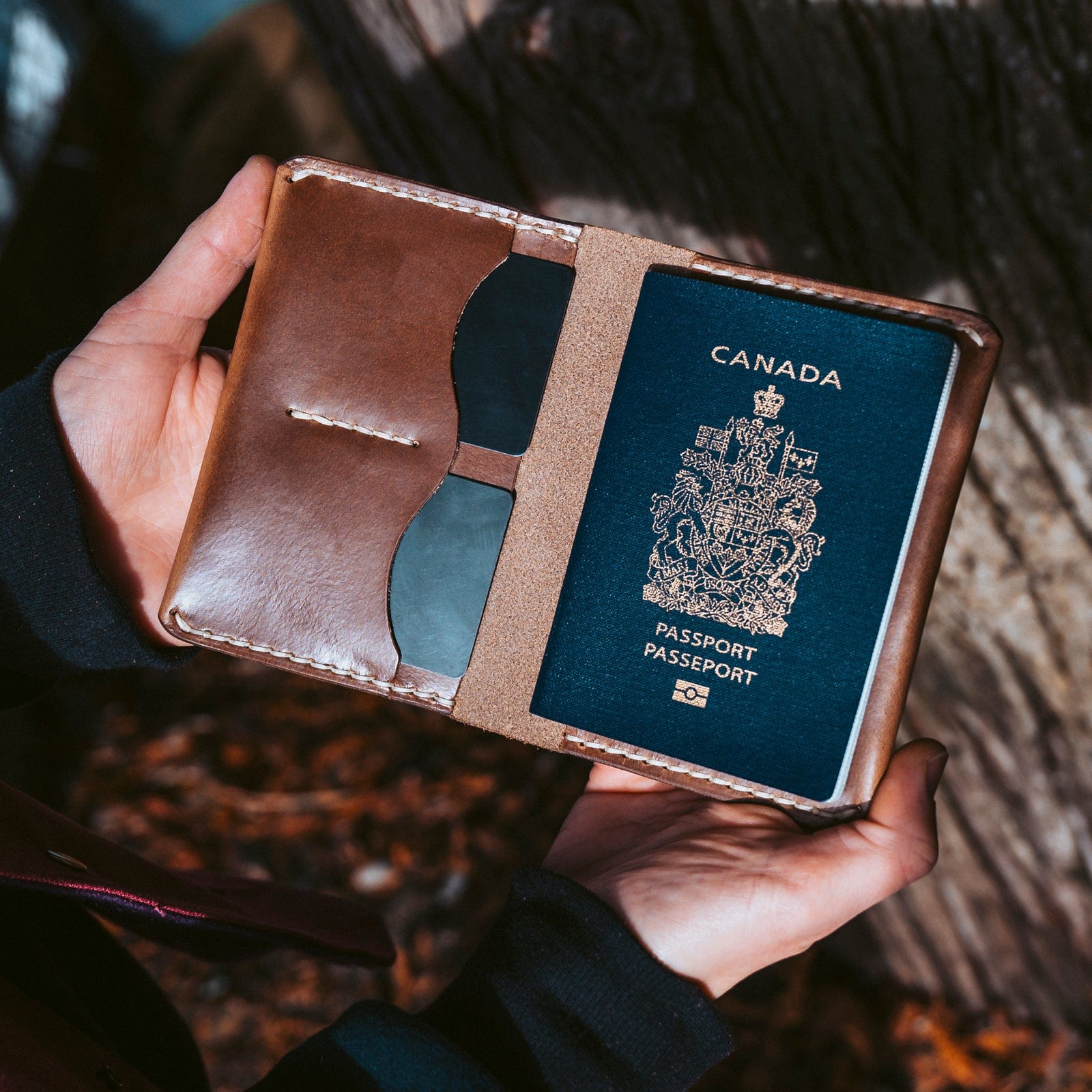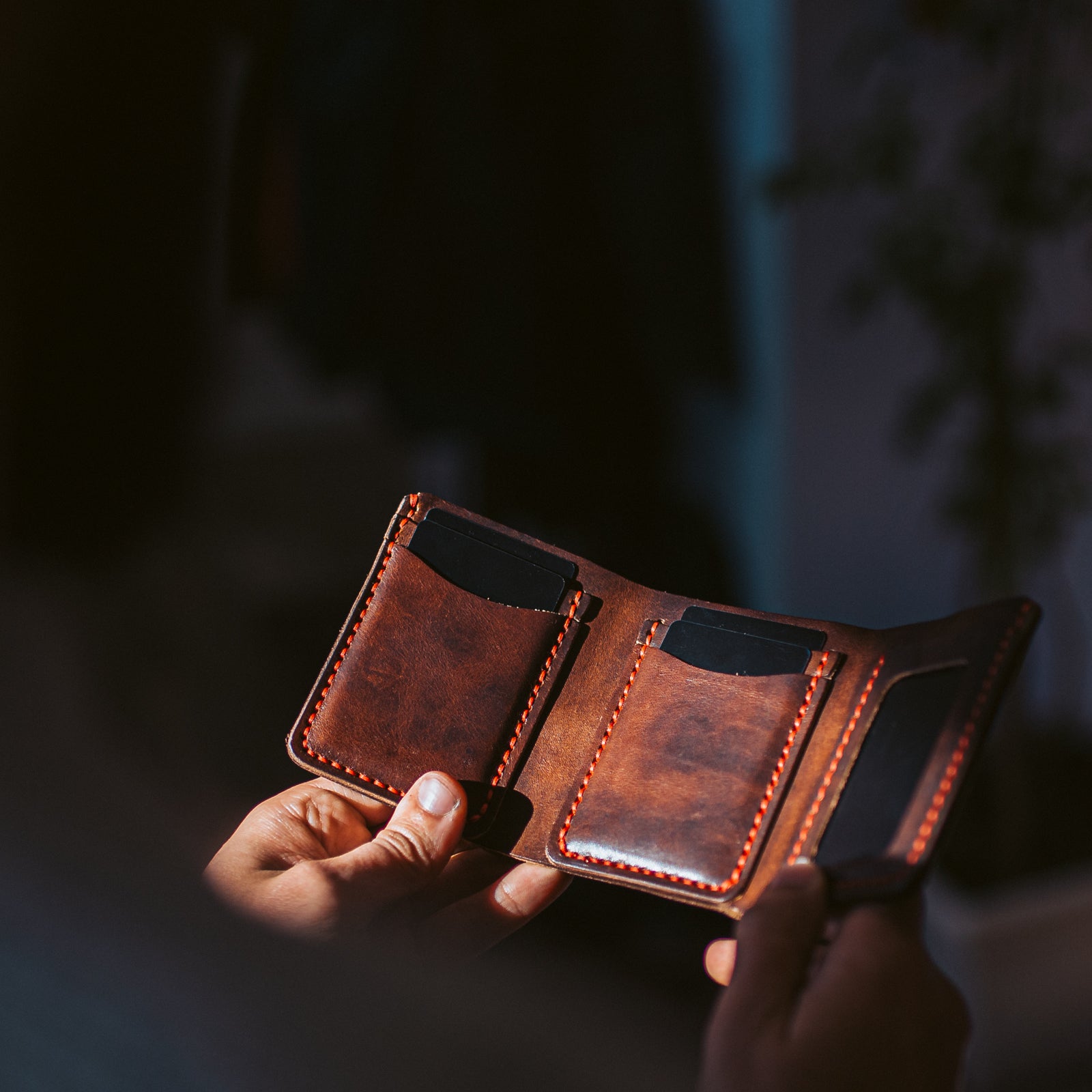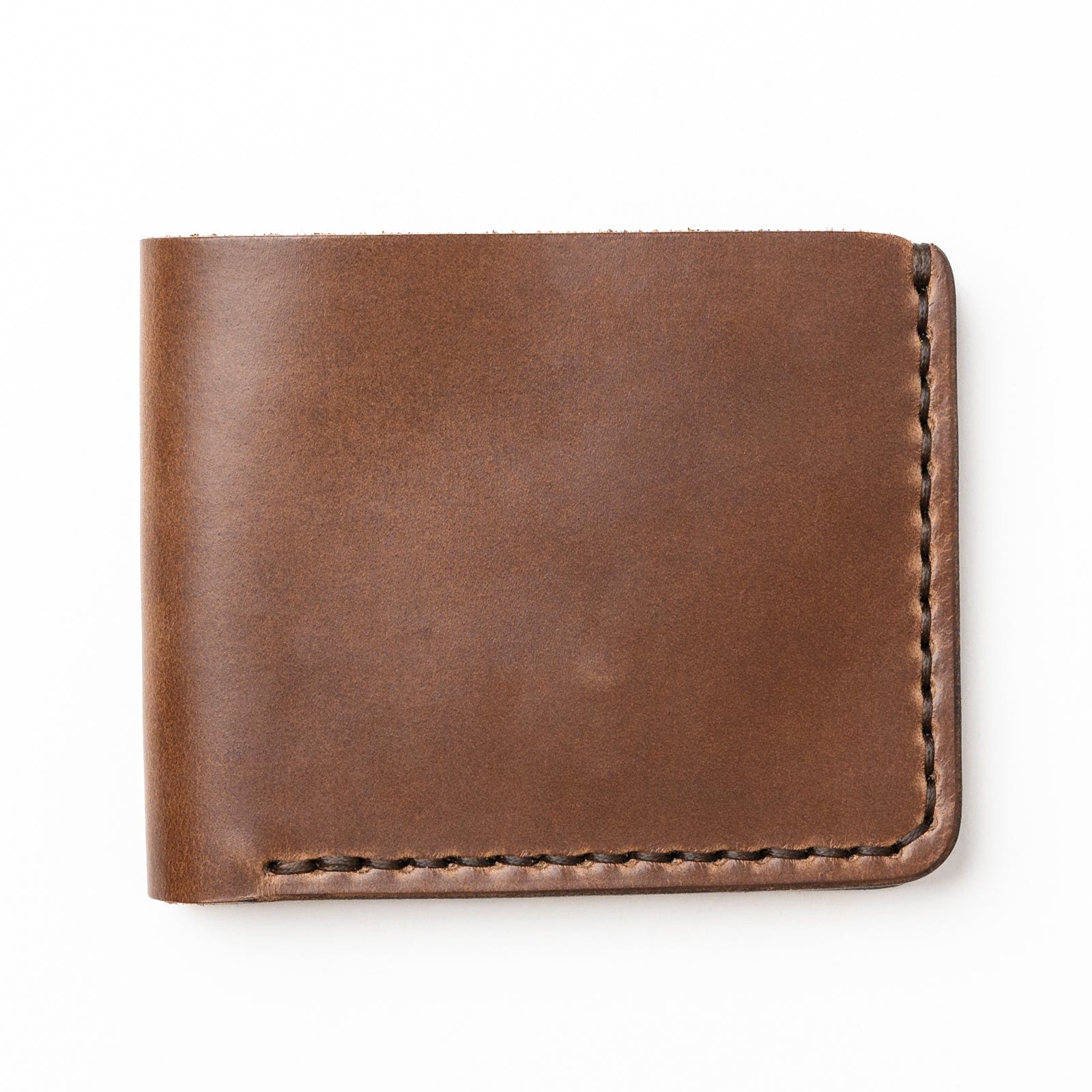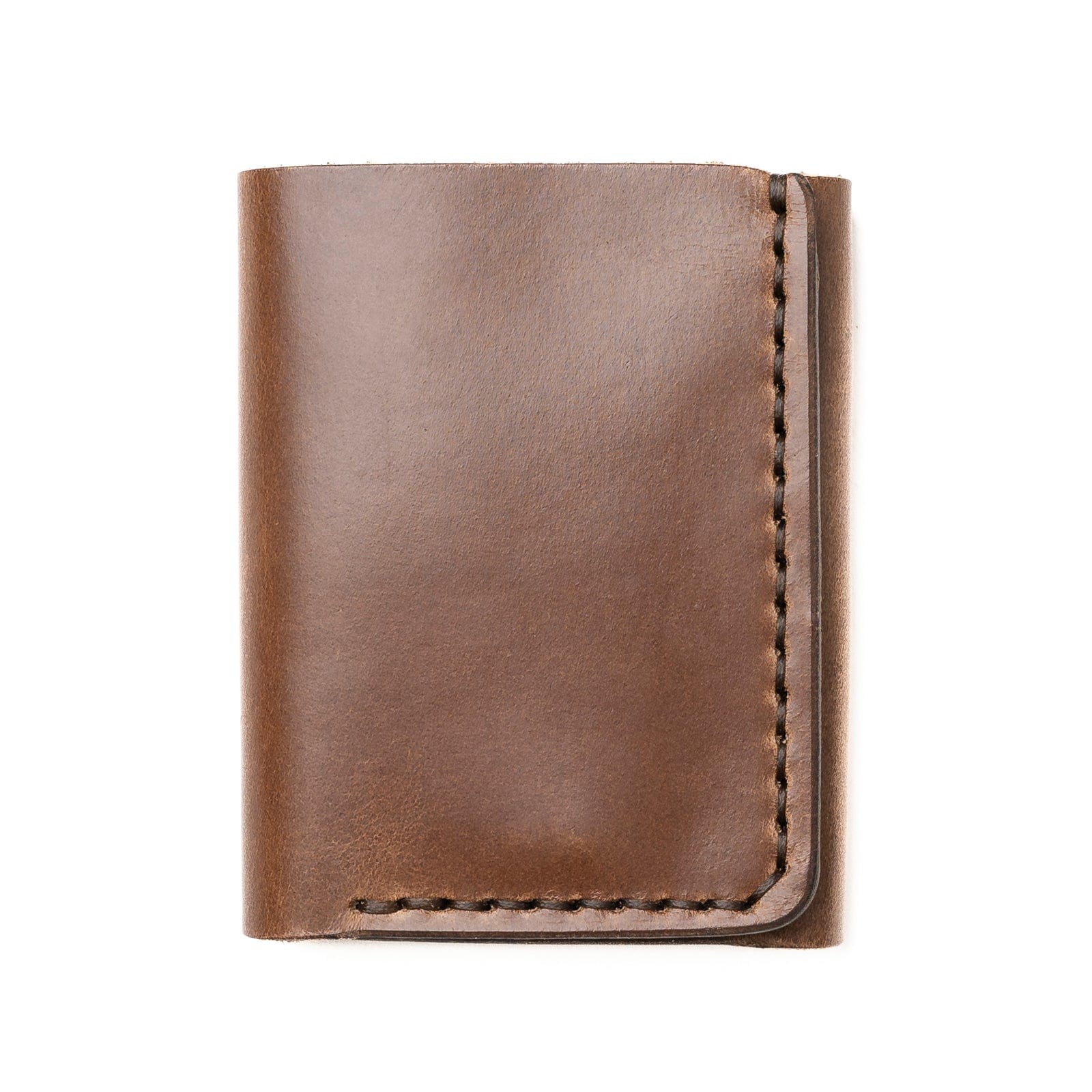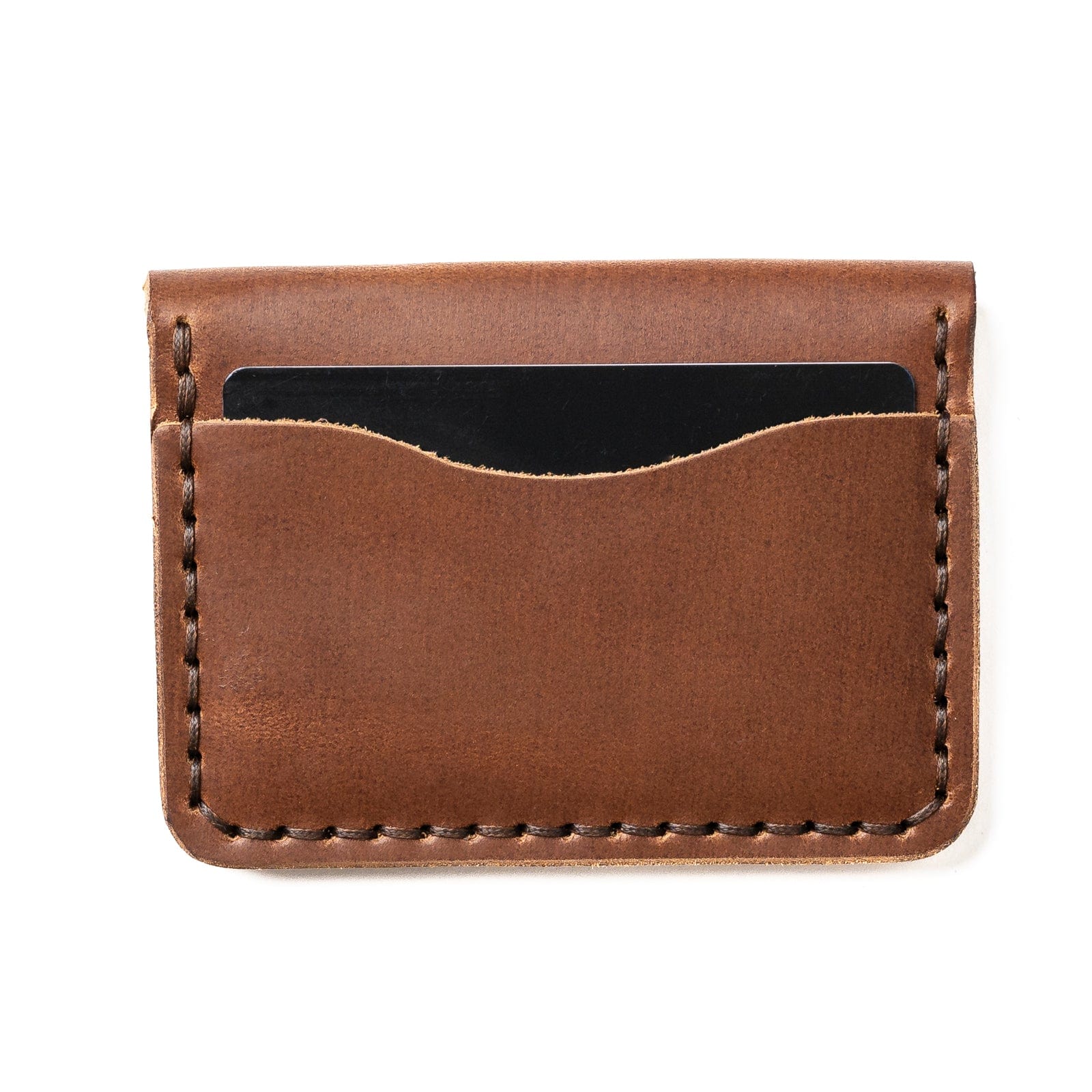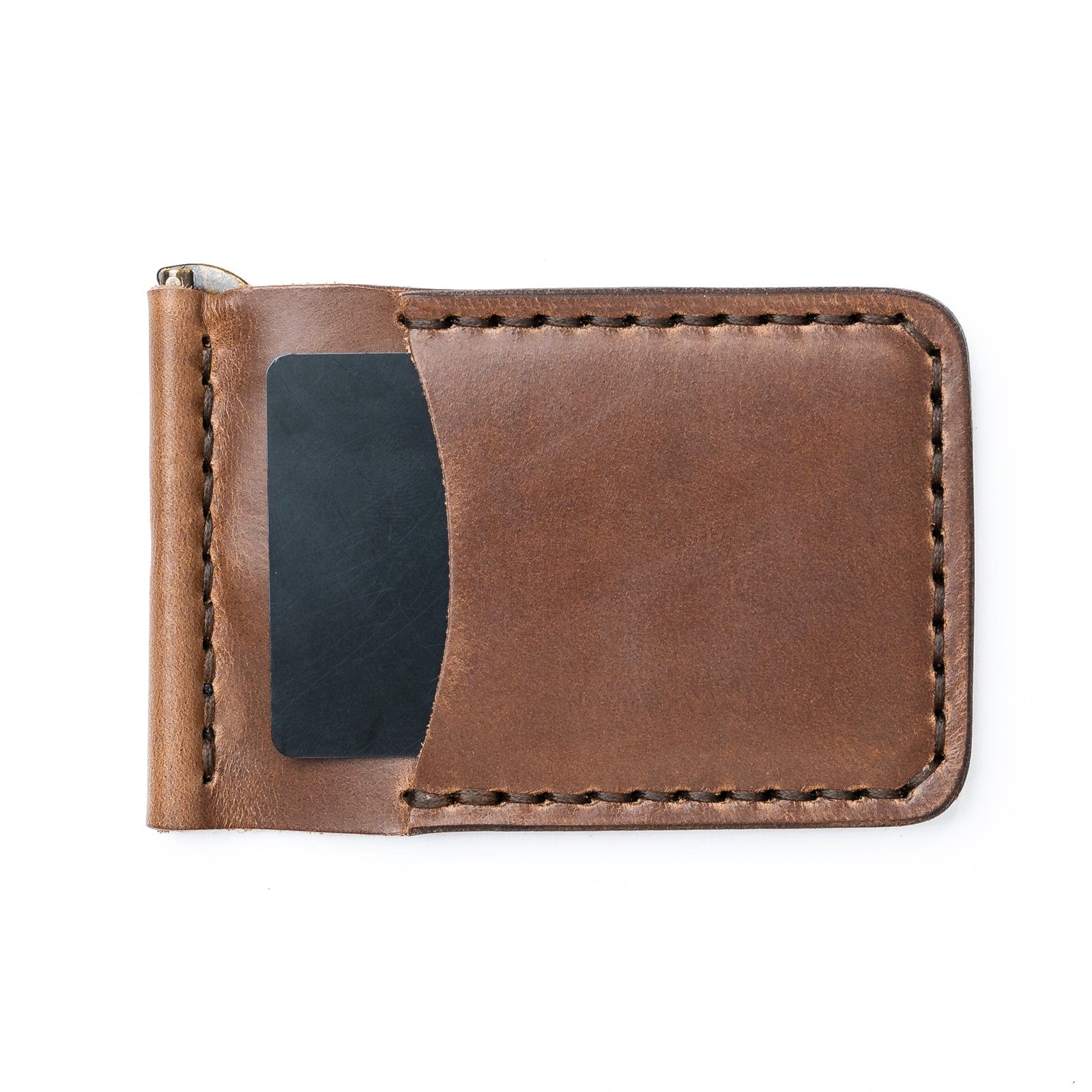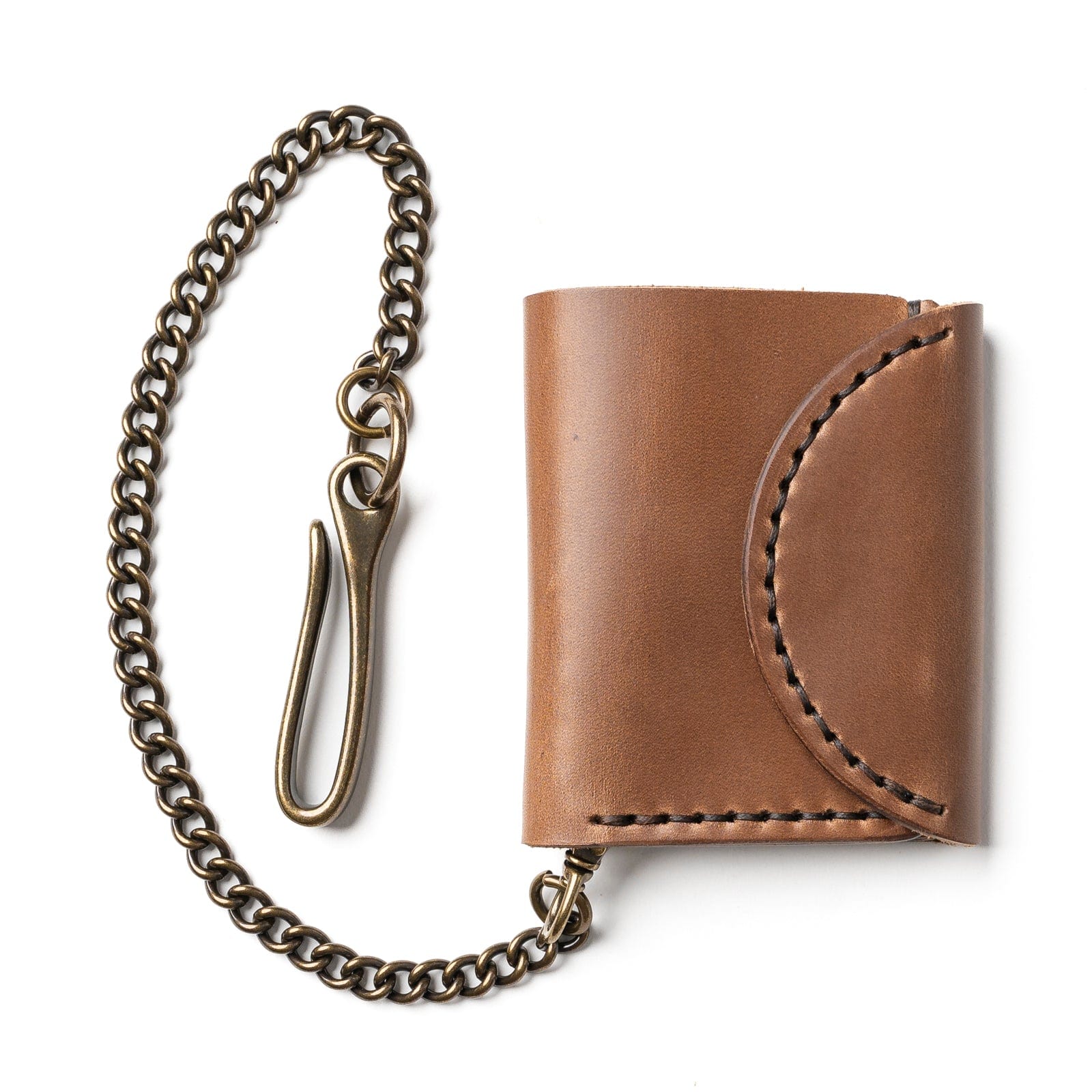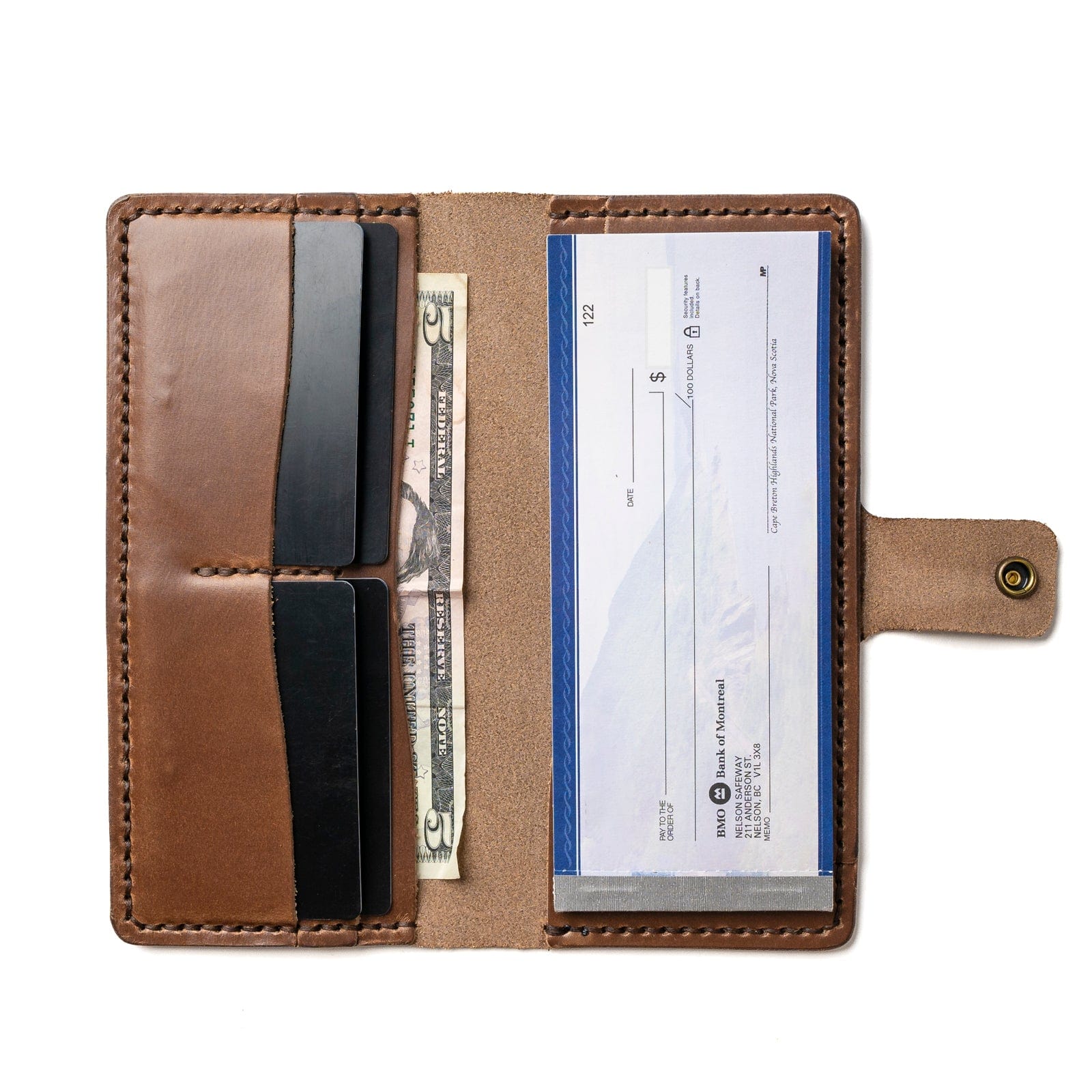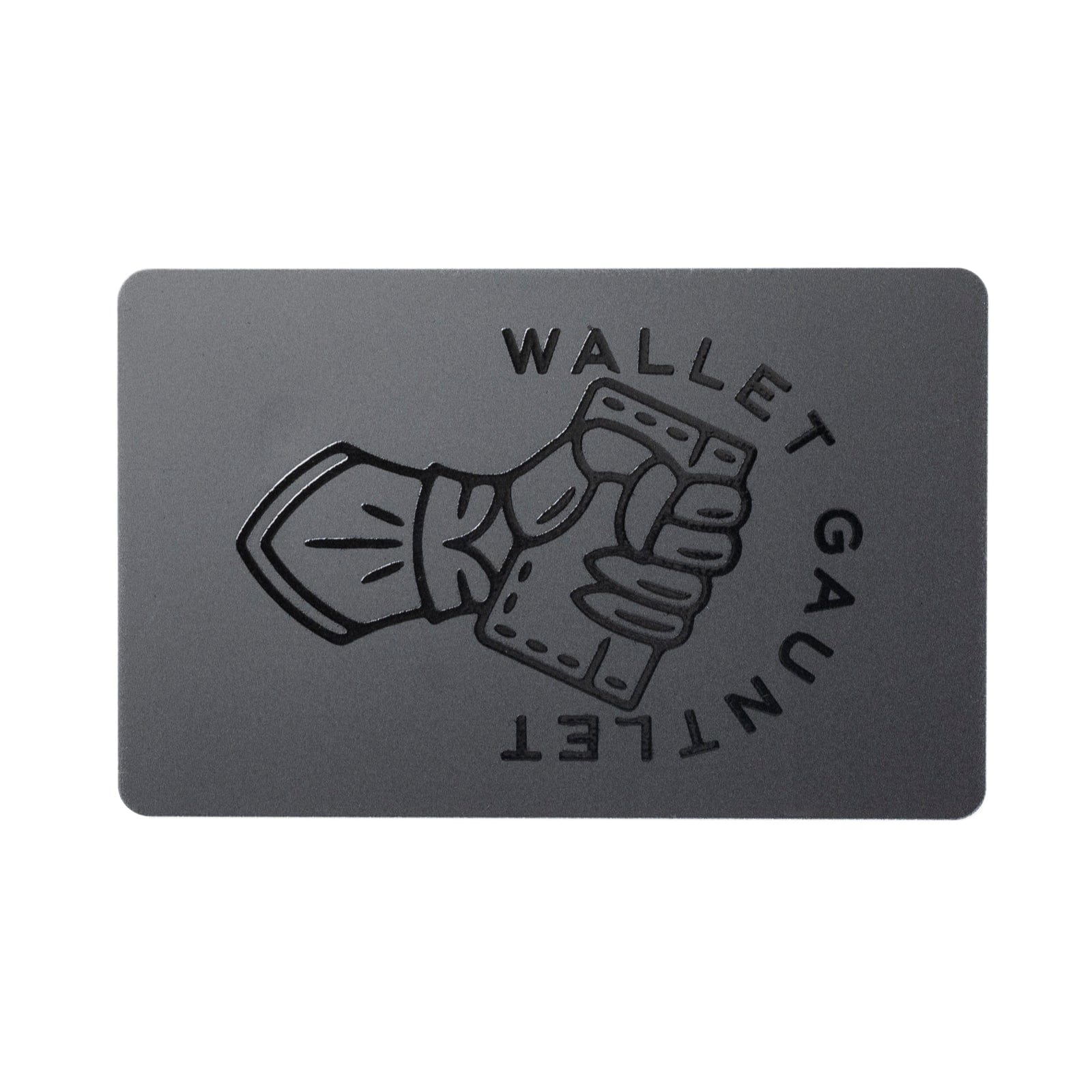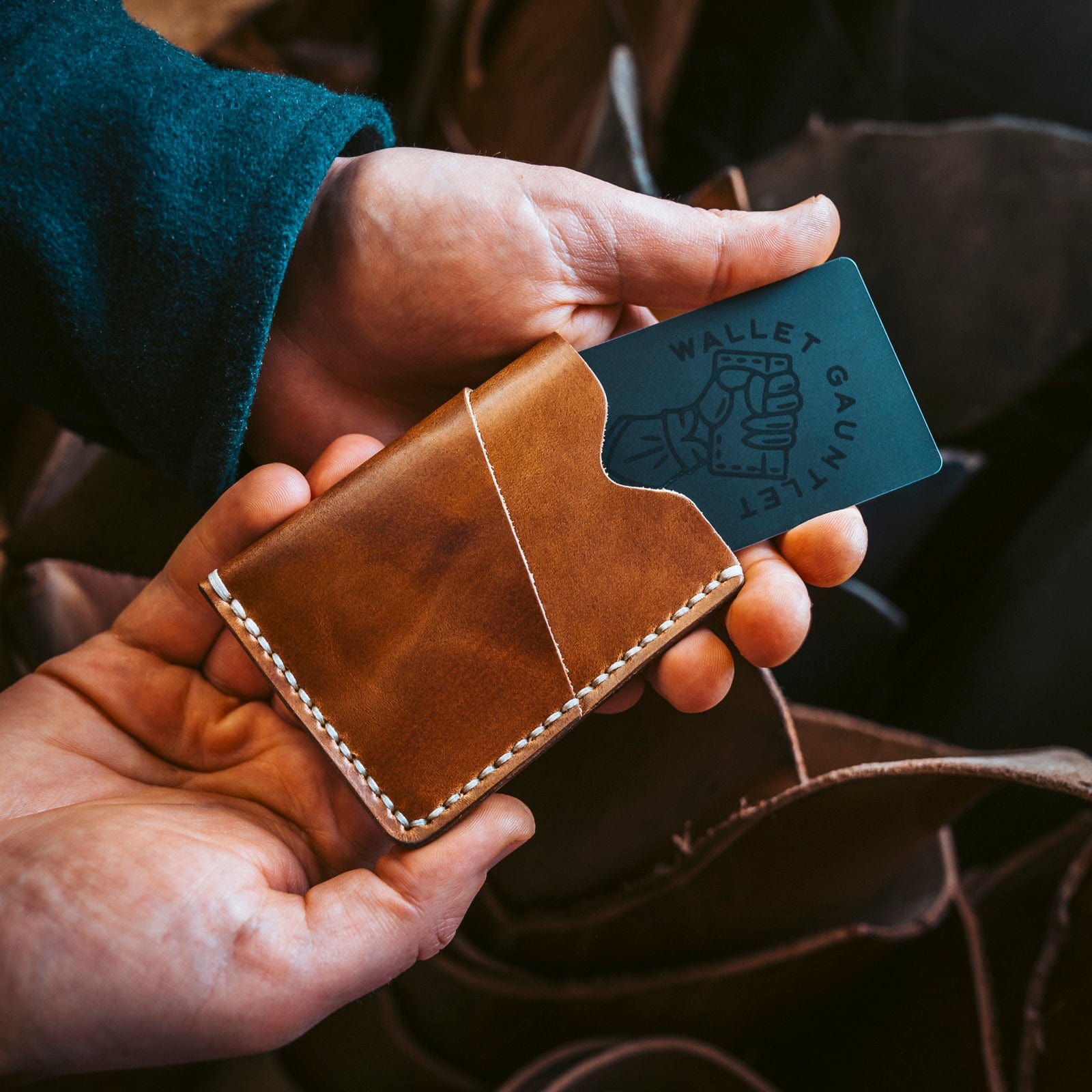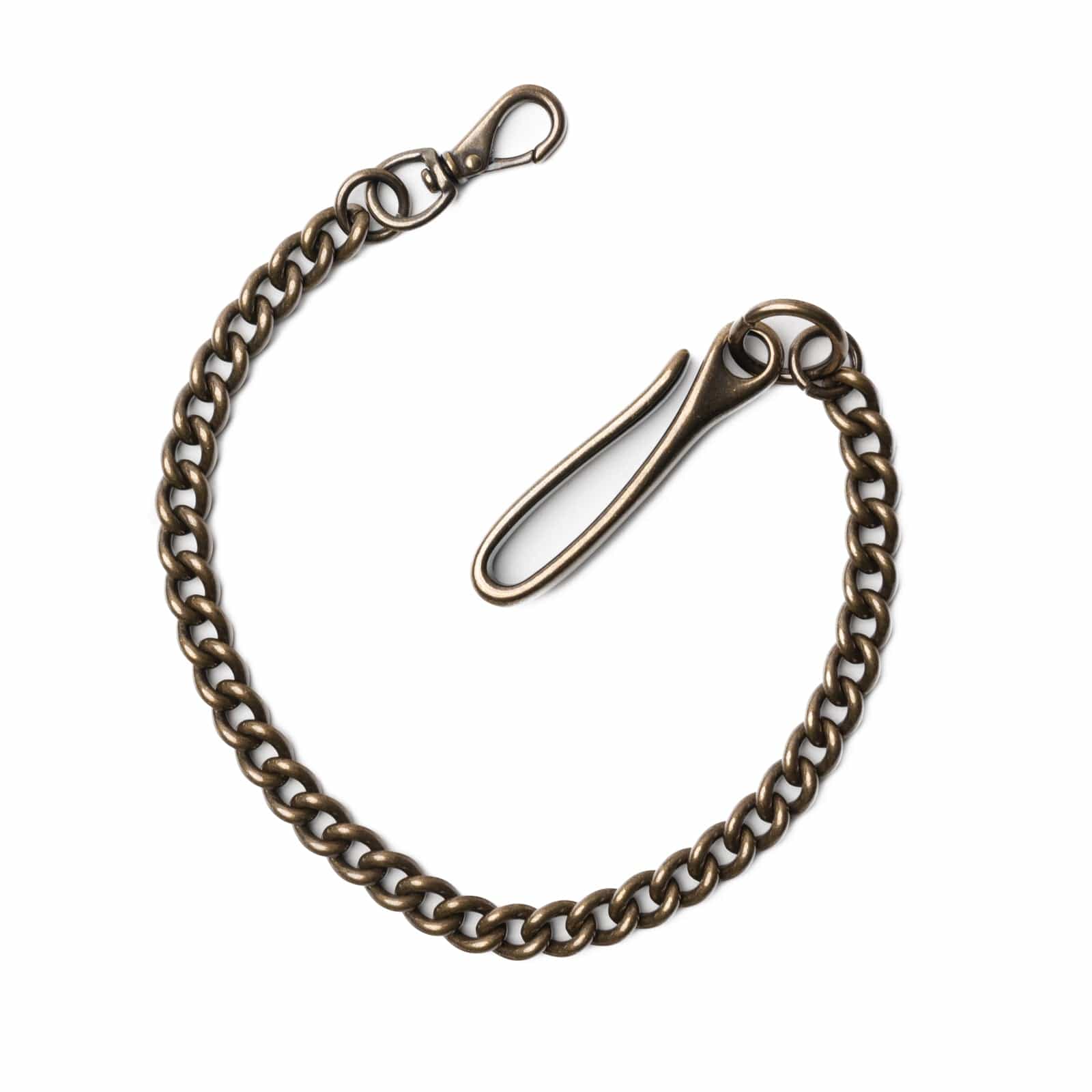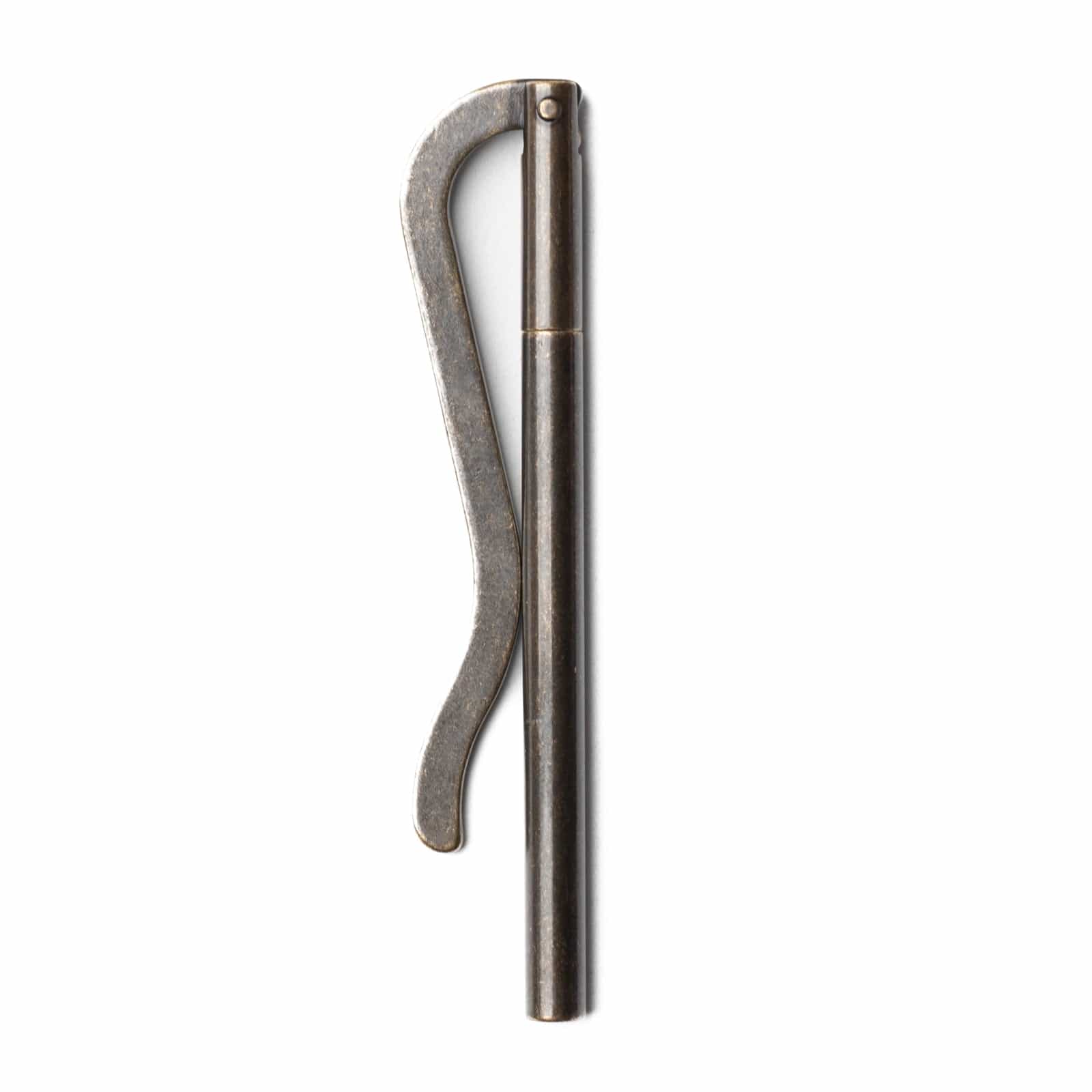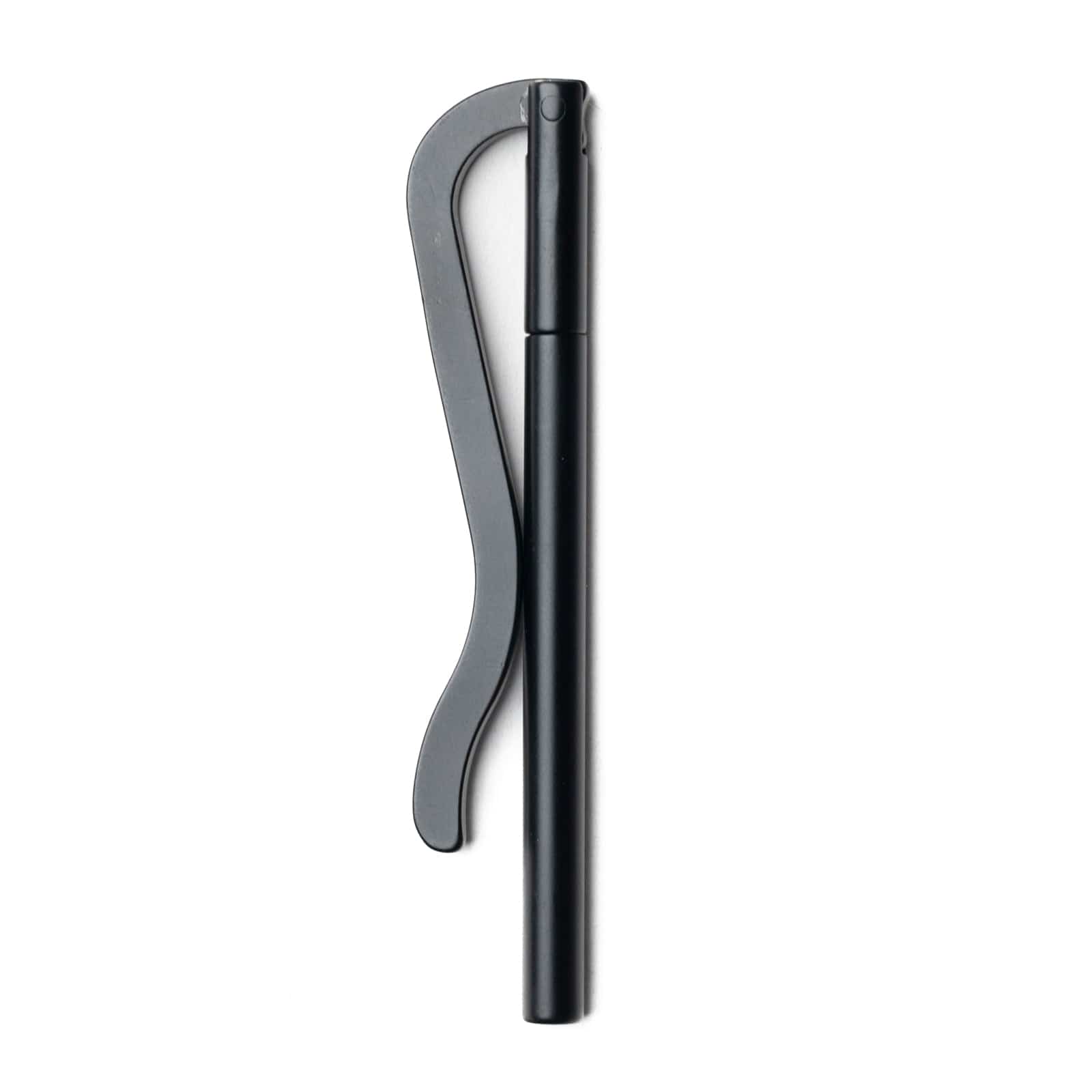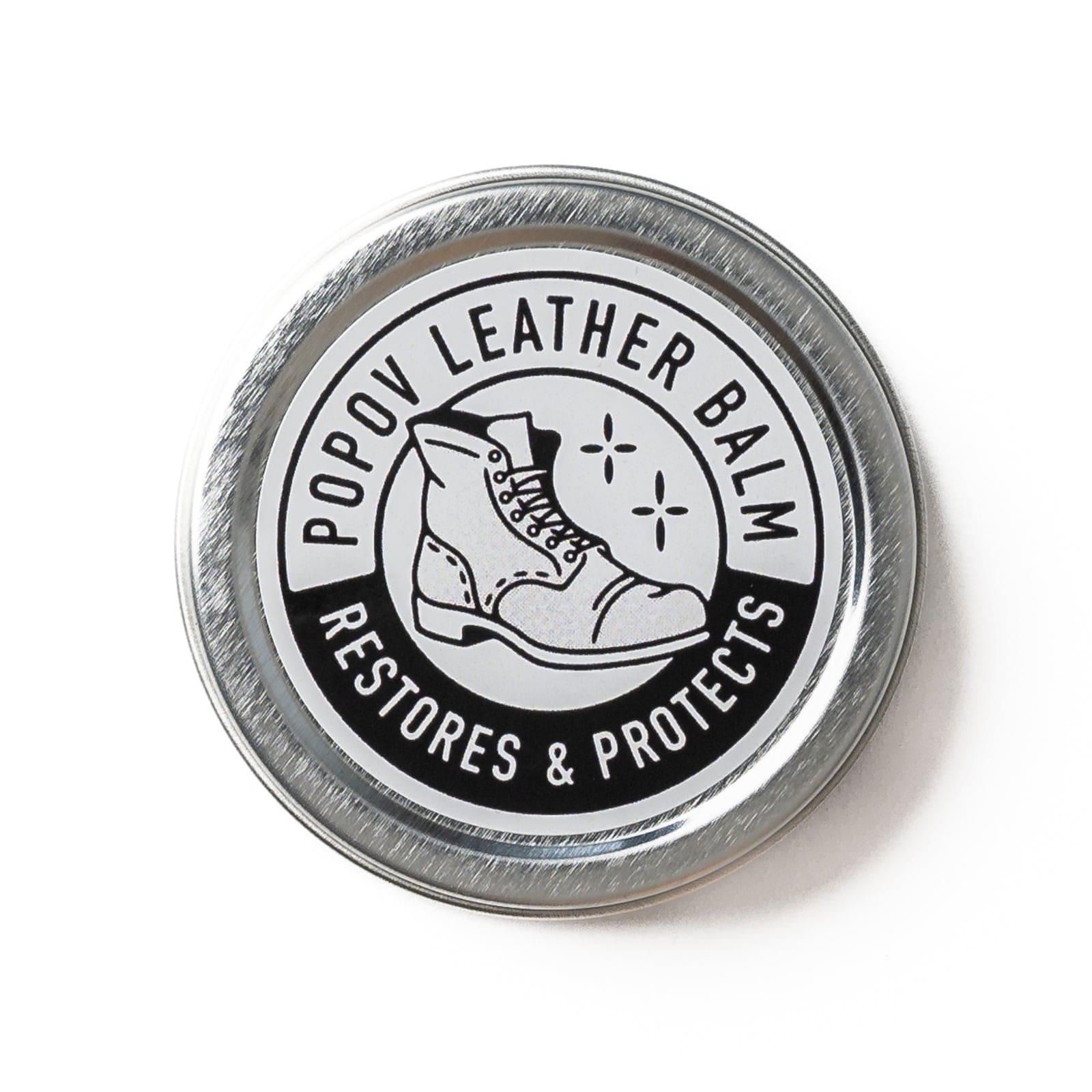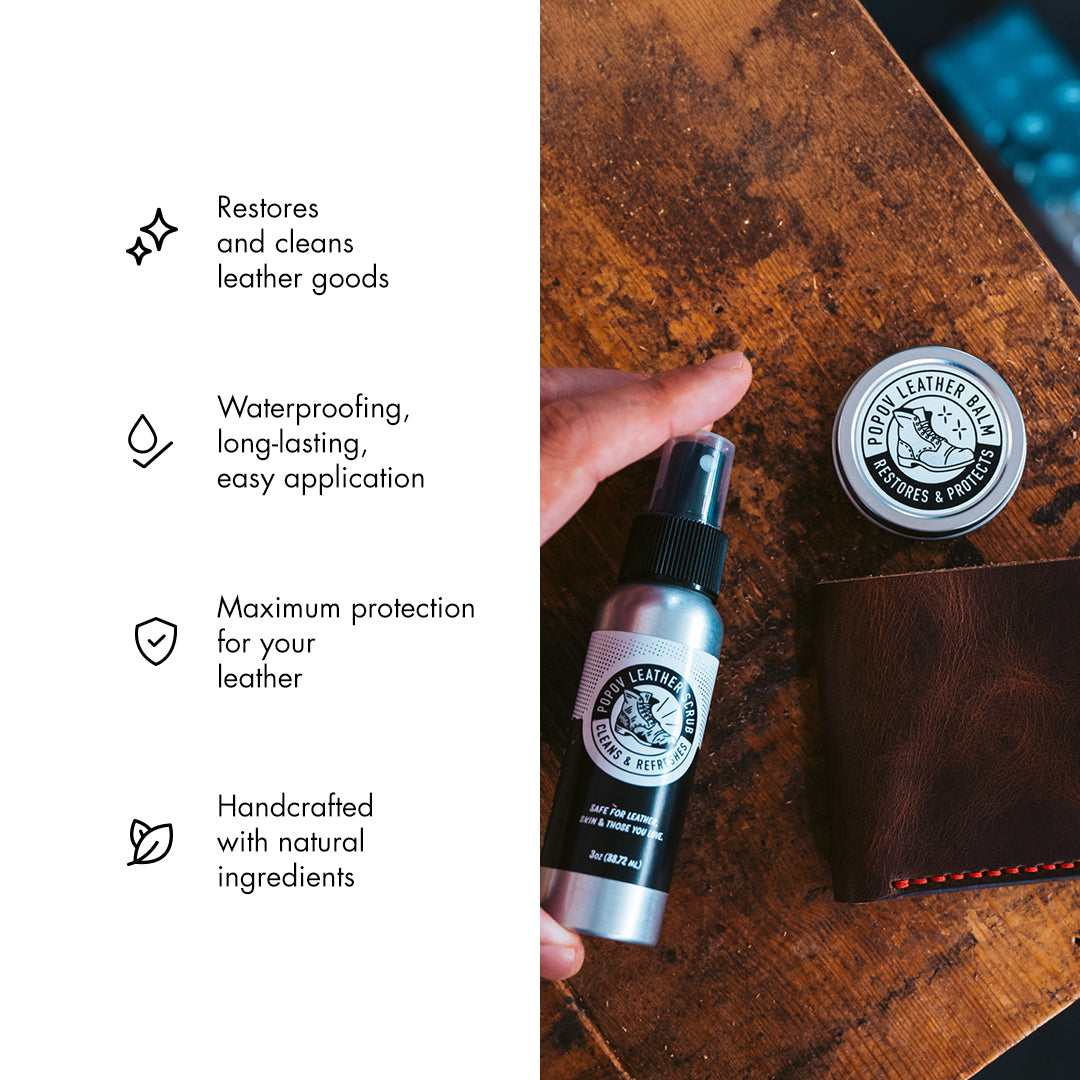Filters
10 products
Traditional Bifold Leather Wallet - Heritage Brown
Sale price
$97.30 CAD
Regular price$149.00 CAD
with code SHINE30
Traditional Bifold Leather Wallet - English Tan
Sale price
$97.30 CAD
Regular price$149.00 CAD
with code SHINE30
Traditional Bifold Leather Wallet - Natural
Sale price
$97.30 CAD
Regular price$149.00 CAD
with code SHINE30
Traditional Bifold Leather Wallet - Black
Sale price
$97.30 CAD
Regular price$149.00 CAD
with code SHINE30
Leather 5 Card Wallet - Heritage Brown
Sale price
$83.30 CAD
Regular price$129.00 CAD
with code SHINE30
Leather 5 Card Wallet - English Tan
Sale price
$83.30 CAD
Regular price$129.00 CAD
with code SHINE30
Leather Trifold Wallet - Heritage Brown
Sale price
$111.30 CAD
Regular price$169.00 CAD
with code SHINE30
Leather Trifold Wallet - English Tan
Sale price
$111.30 CAD
Regular price$169.00 CAD
with code SHINE30
Leather Front Pocket Wallet - Heritage Brown
Sale price
$62.30 CAD
Regular price$99.00 CAD
with code SHINE30
Leather Front Pocket Wallet - English Tan
Sale price
$62.30 CAD
Regular price$99.00 CAD
with code SHINE30
Leather Front Pocket Wallet - Natural
Sale price
$62.30 CAD
Regular price$99.00 CAD
with code SHINE30
Leather Money Clip Wallet - Heritage Brown
Sale price
$90.30 CAD
Regular price$139.00 CAD
with code SHINE30
Leather Money Clip Wallet - English Tan
Sale price
$90.30 CAD
Regular price$139.00 CAD
with code SHINE30
Leather Money Clip Wallet - Natural
Sale price
$90.30 CAD
Regular price$139.00 CAD
with code SHINE30
Wallet Accessories
Compliment any of our wallets with these accessories.
Wallet Gauntlet - RFID Blocking Card
Sale price
$13.30 CAD
Regular price$24.00 CAD
with code SHINE30
Wallet Chain
Sale price
$24.00 CAD
Regular price$29.00 CAD
Money Clip Bar
Sale price
$19.00 CAD
Regular price$24.00 CAD
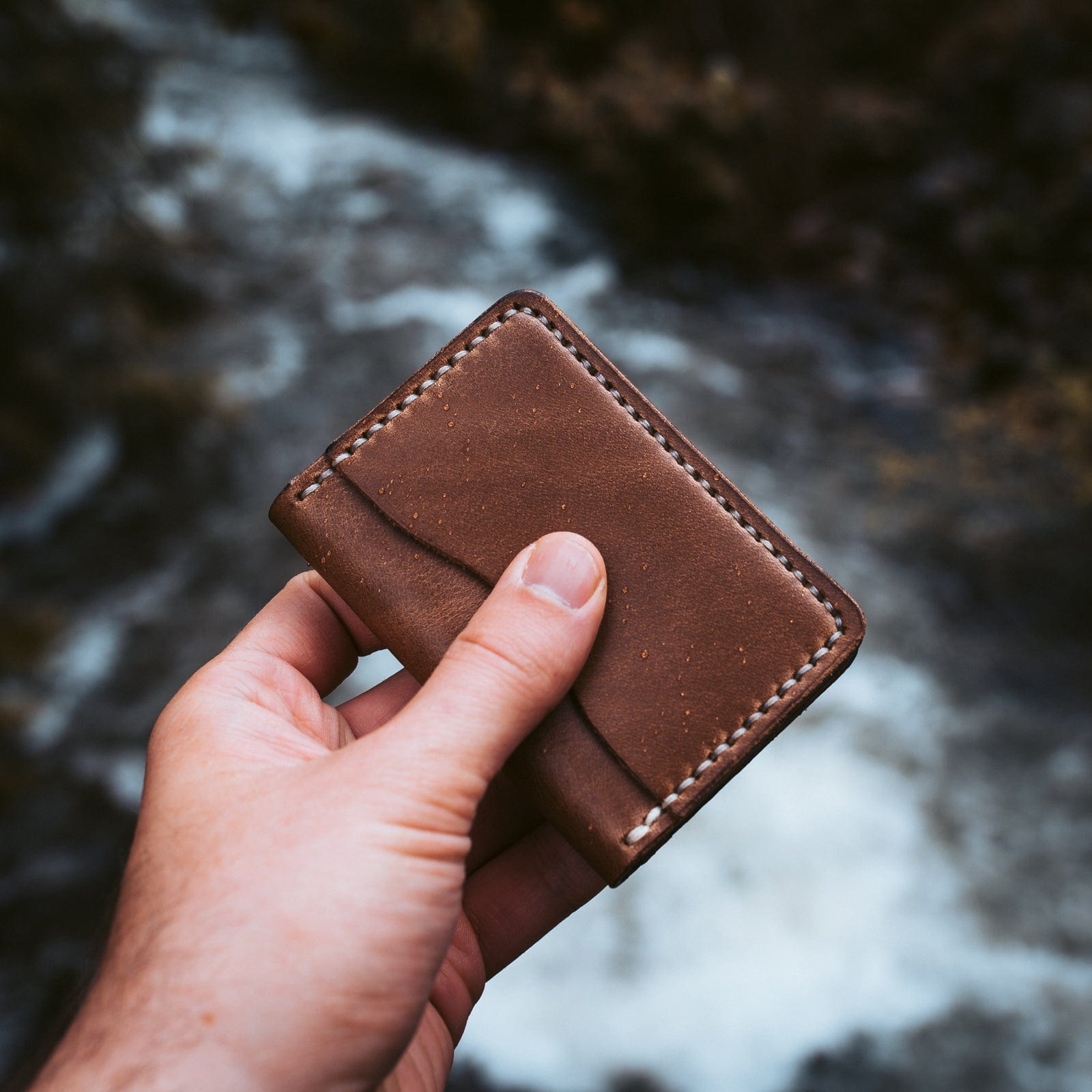
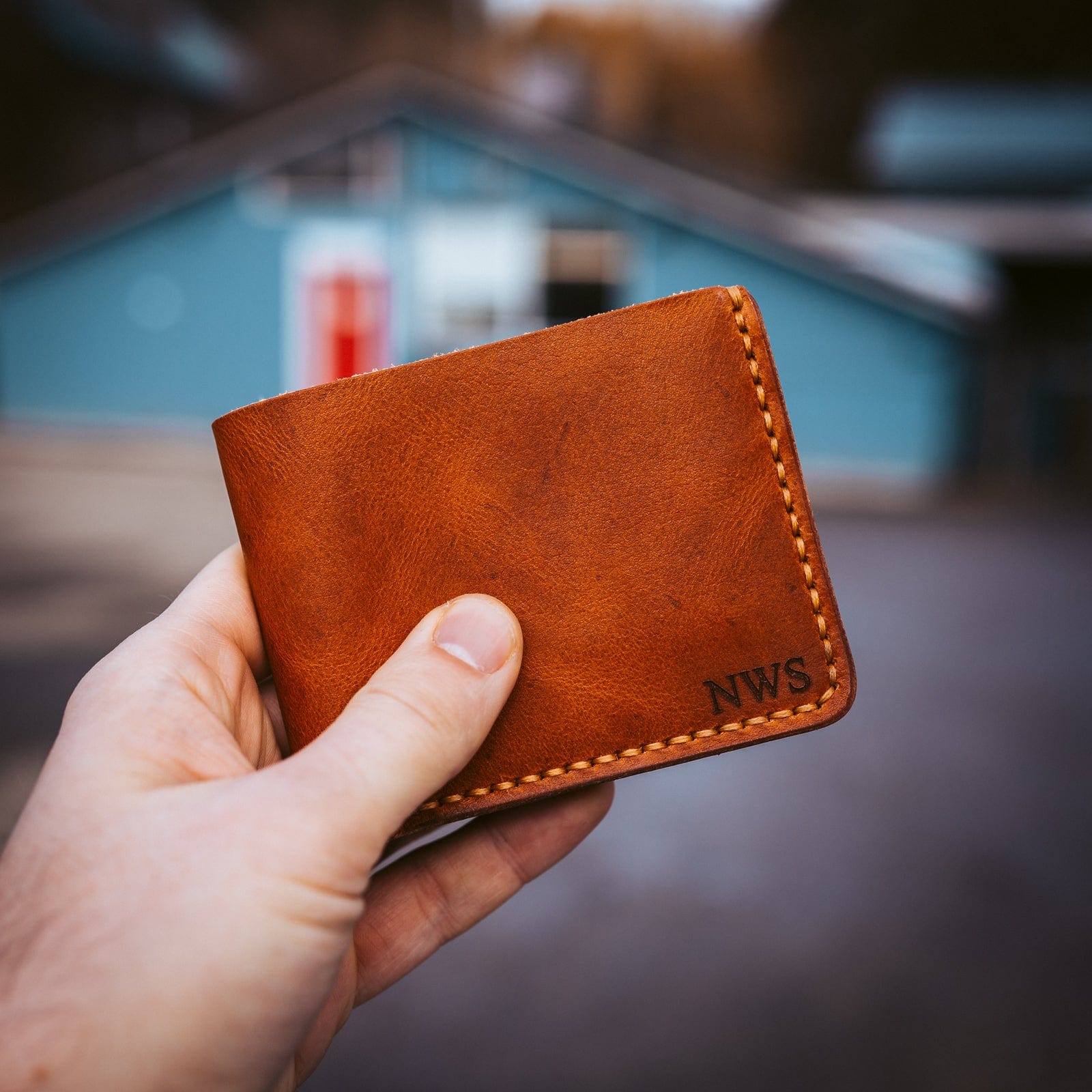
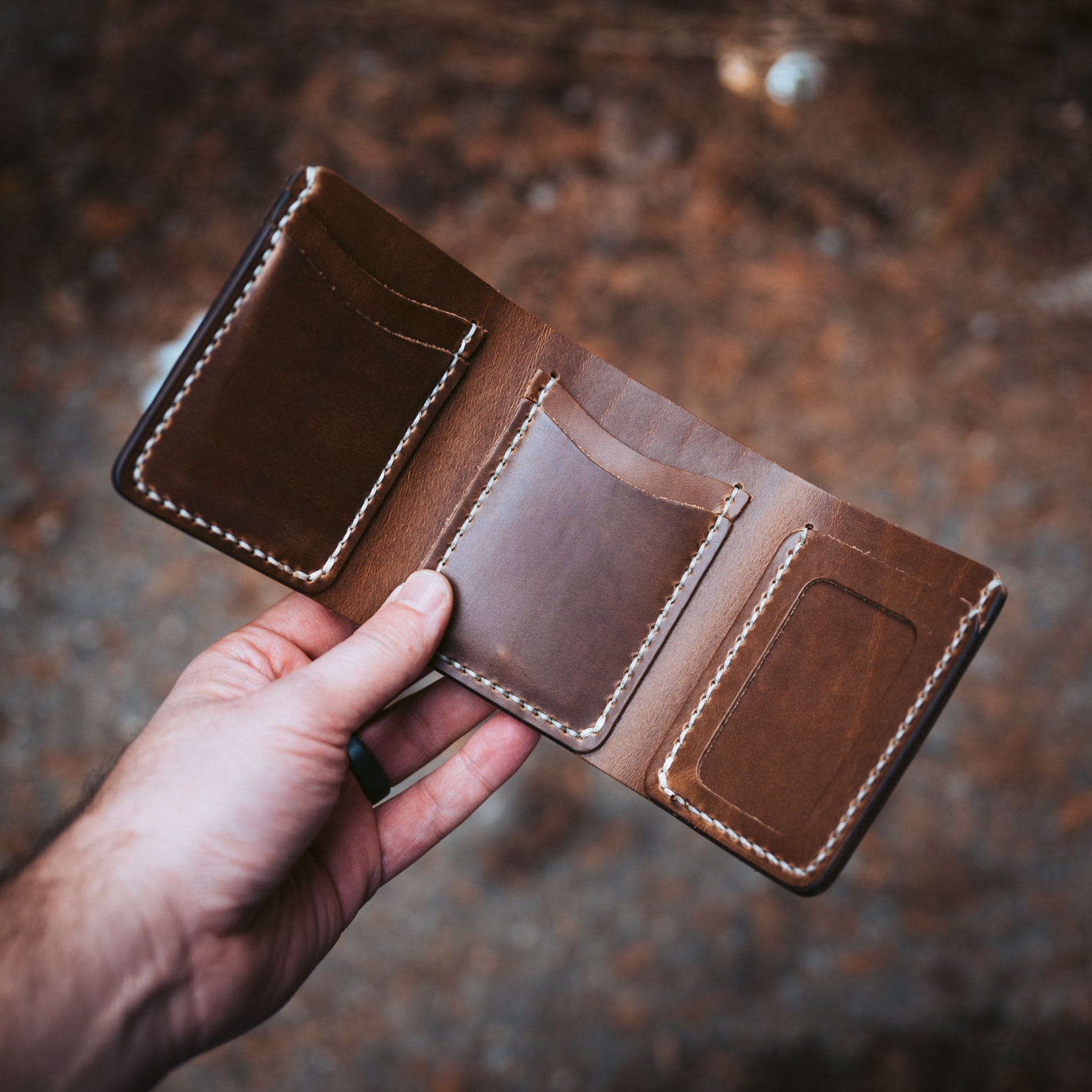
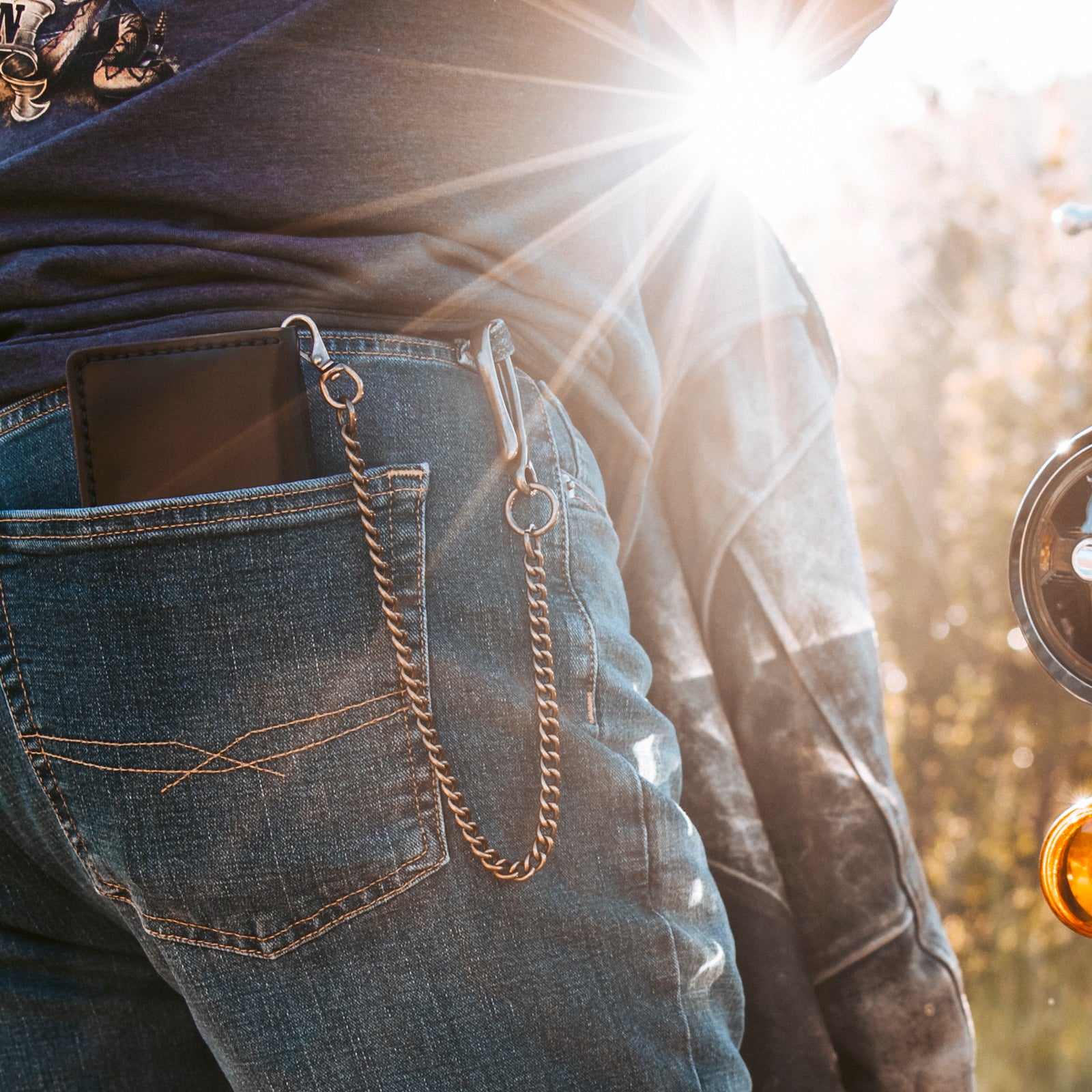
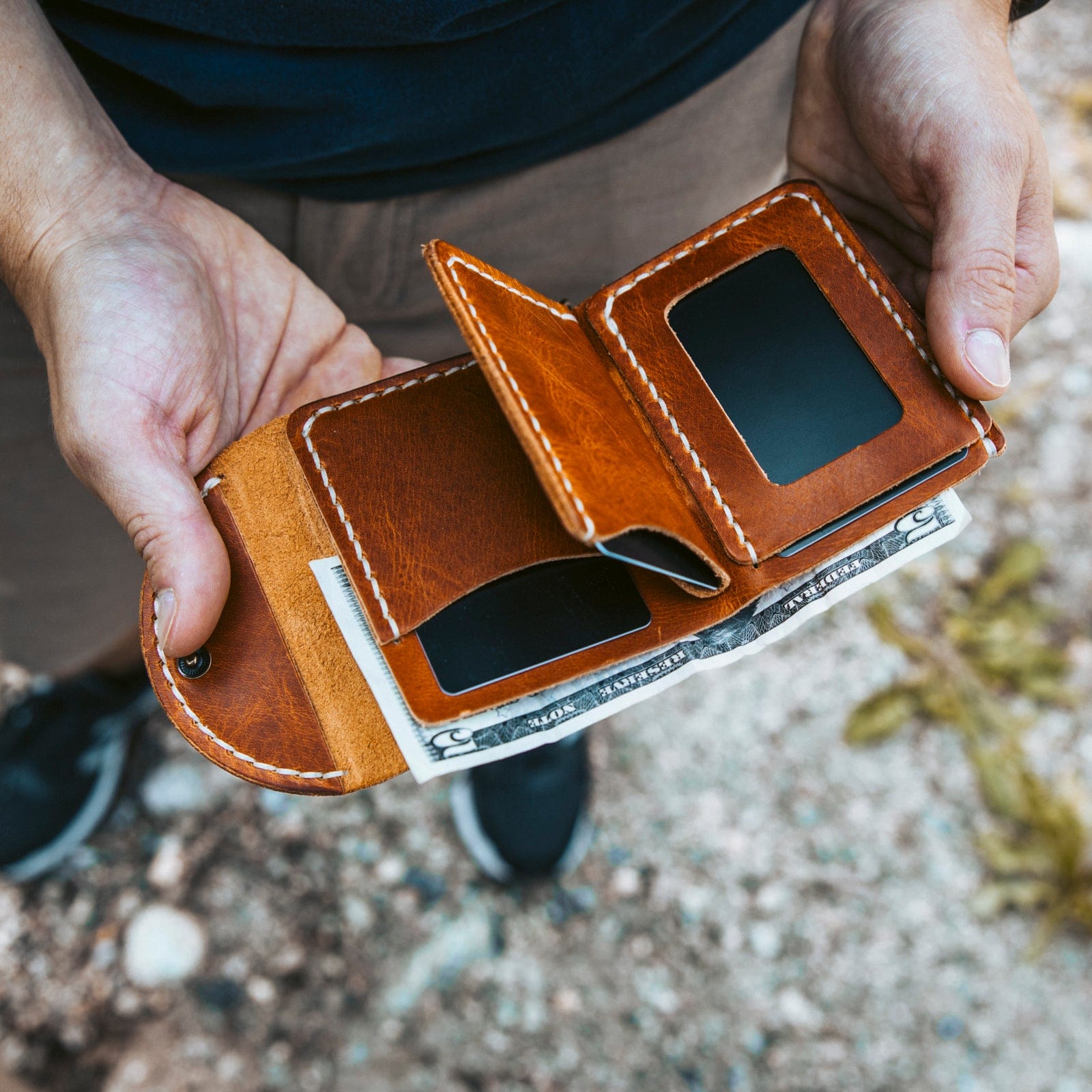
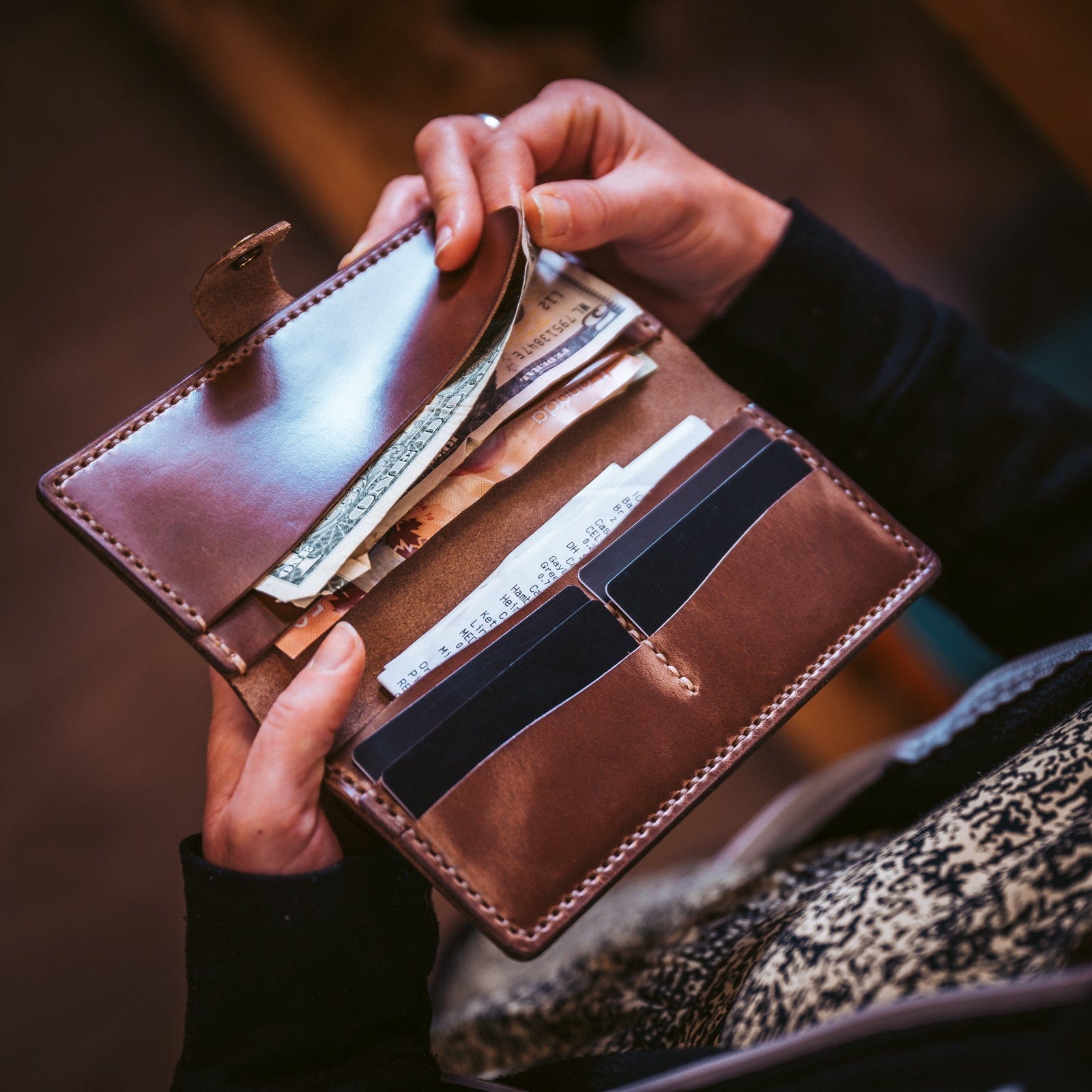
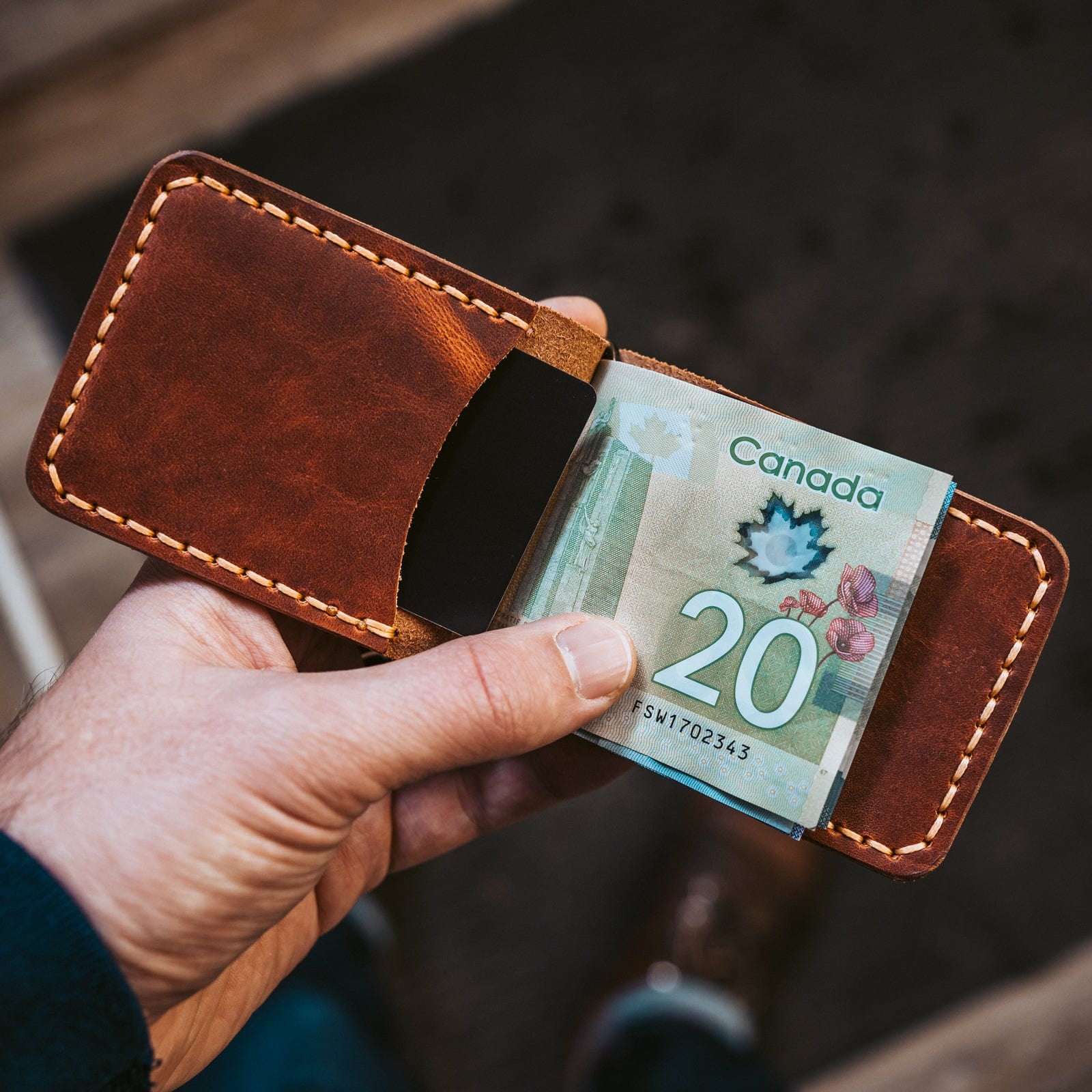
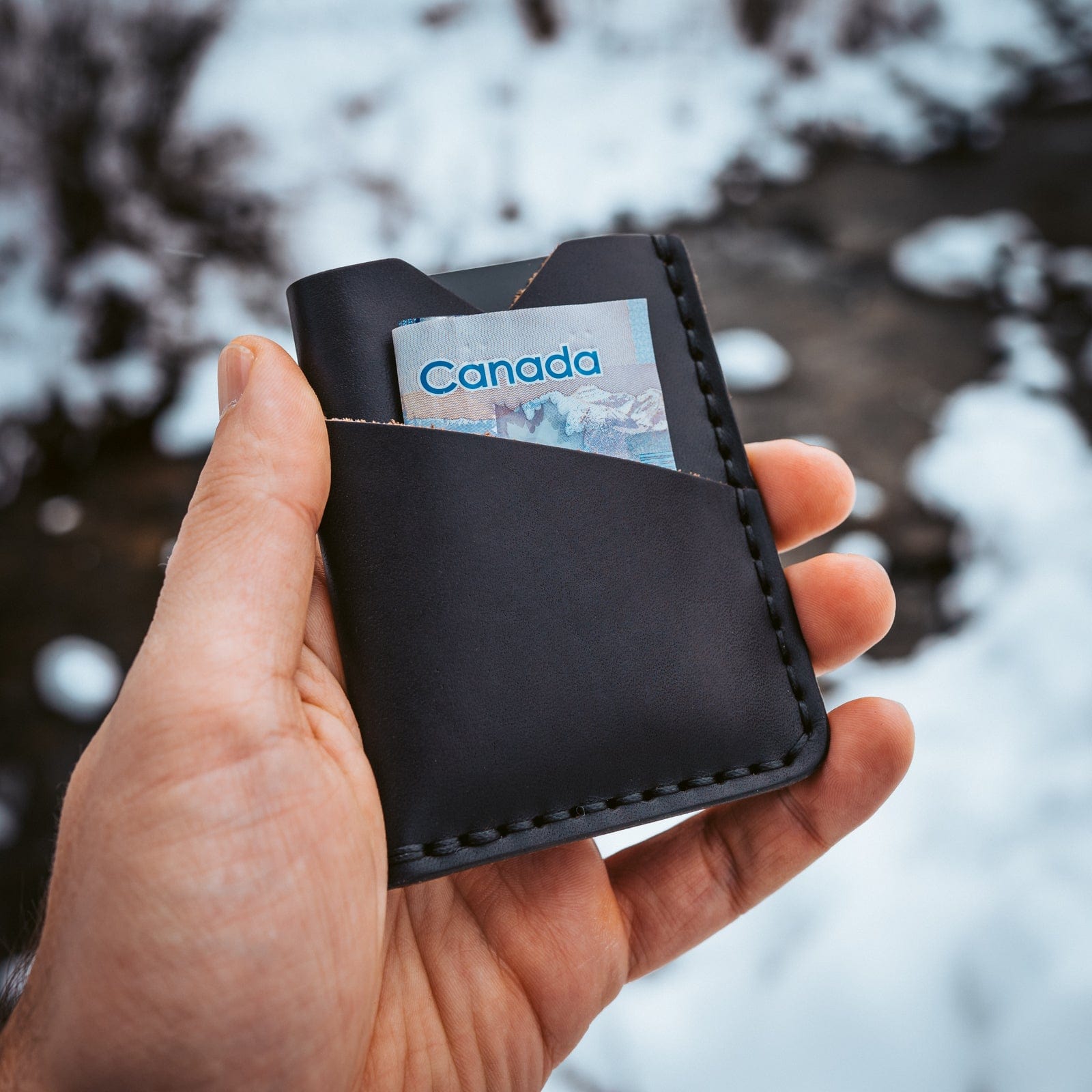
LEATHER WALLETS CRAFTED TO LAST.



